- Perfect for a small home
- Damaged
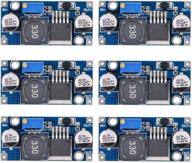
6
·
Average

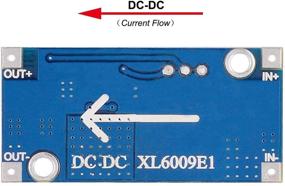
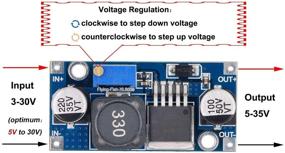
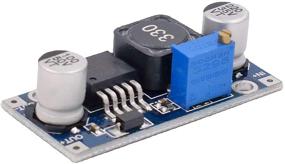
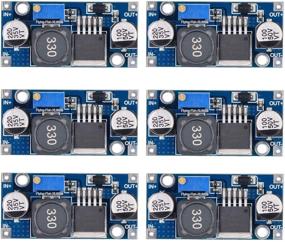
| Brand | Valefod |
|---|---|
| Input Voltage | 35 Volts |
| Output Voltage | 5 Volts |
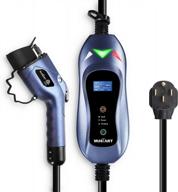
MUSTART Level 2 EV Charger With 240V, 25Ft Cable, And Adjustable Amps (16/25/32) – Portable Electric Vehicle Charging Station With Delay Function And NEMA 14-50P Plug-In

29 Review
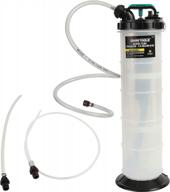
OEMTOOLS 24397 2.5 Gallon Manual Fluid Extractor Pump For Oil And Transmissions, With Oversized Handle For Easier Use And Extraction

23 Review

Jack Pad Adapter Anodized Black Replacement For B-MW 135 335 535 E82 E88 E46 E90 E91 E92 E93 E38 E39 E60 E61 E63 E64 E65 E66 E70 E71 E89 X5 X6 X3 1M M3 M5 M6 F01 F02 F30 F10,Mini (3 Pcs)

24 Review

Jack Pad Adapter Anodized Black Replacement For B-M-W 135 335 535 E82 E88 E46 E90 E91 E92 E93 E38 E39 E60 E61 E63 E64 E65 E66 E70 E71 E89 X5 X6 X3 1M M3 M5 M6 F01 F02 F30 F10(1 Pcs)

21 Review
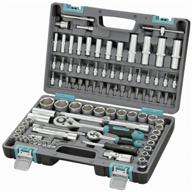
Bit and socket set Stels Tool set, 1/2", 1/4", CrV, plastic case 94 pcs, Stels, 94 pcs, black

46 Review
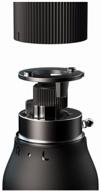
Xiaomi Mijia Ratchet Screwdriver 16 in 1 Screwdriver with Interchangeable Bits, 10 pcs, Black

22 Review
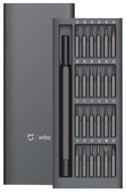
Xiaomi Mi x Mijia Wiha Precision Screwdriver Set (DZN4000CN), 25 pcs

34 Review
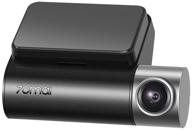
DVR 70MAI Dash Cam Pro Plus+, black (A500S), black

87 Review